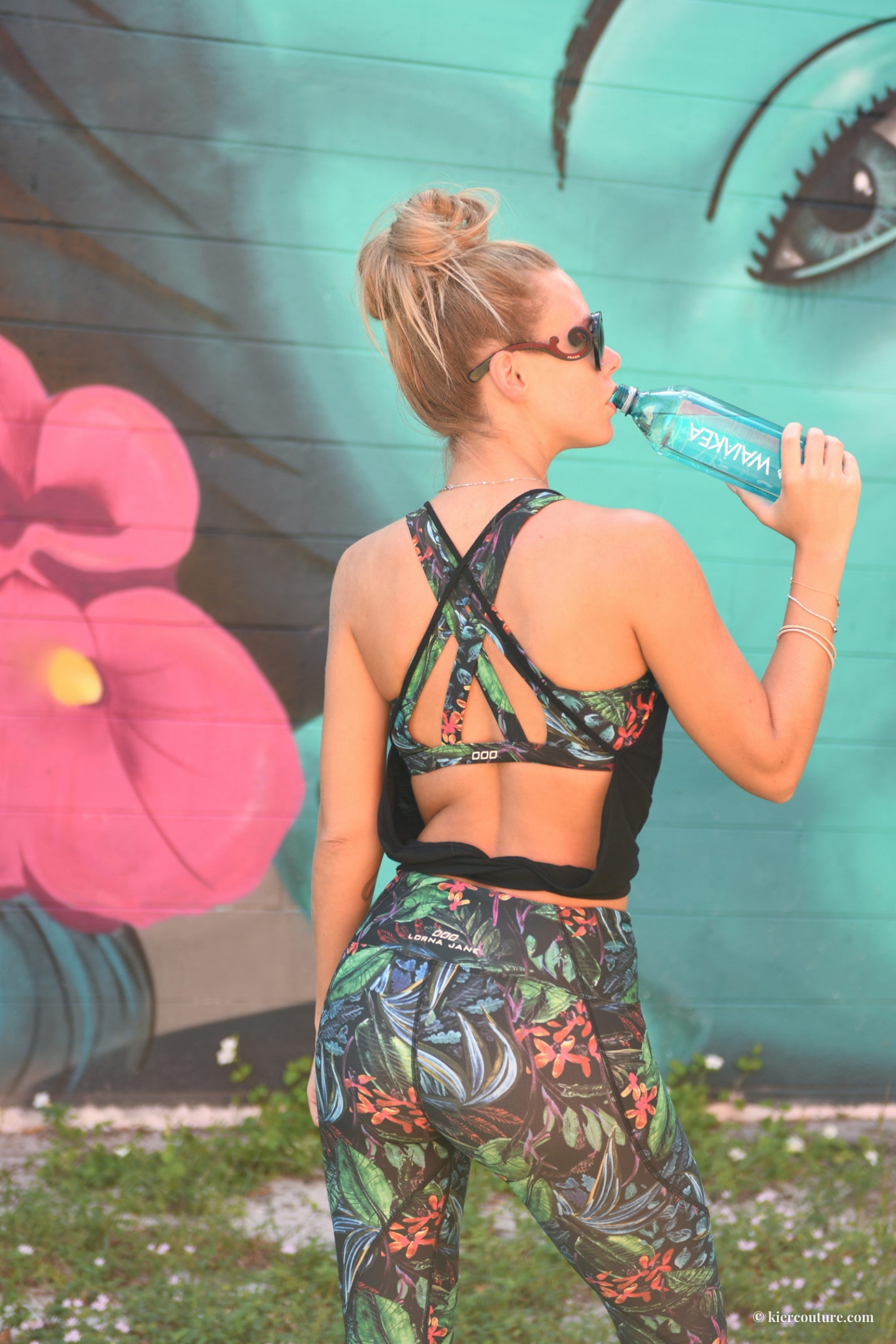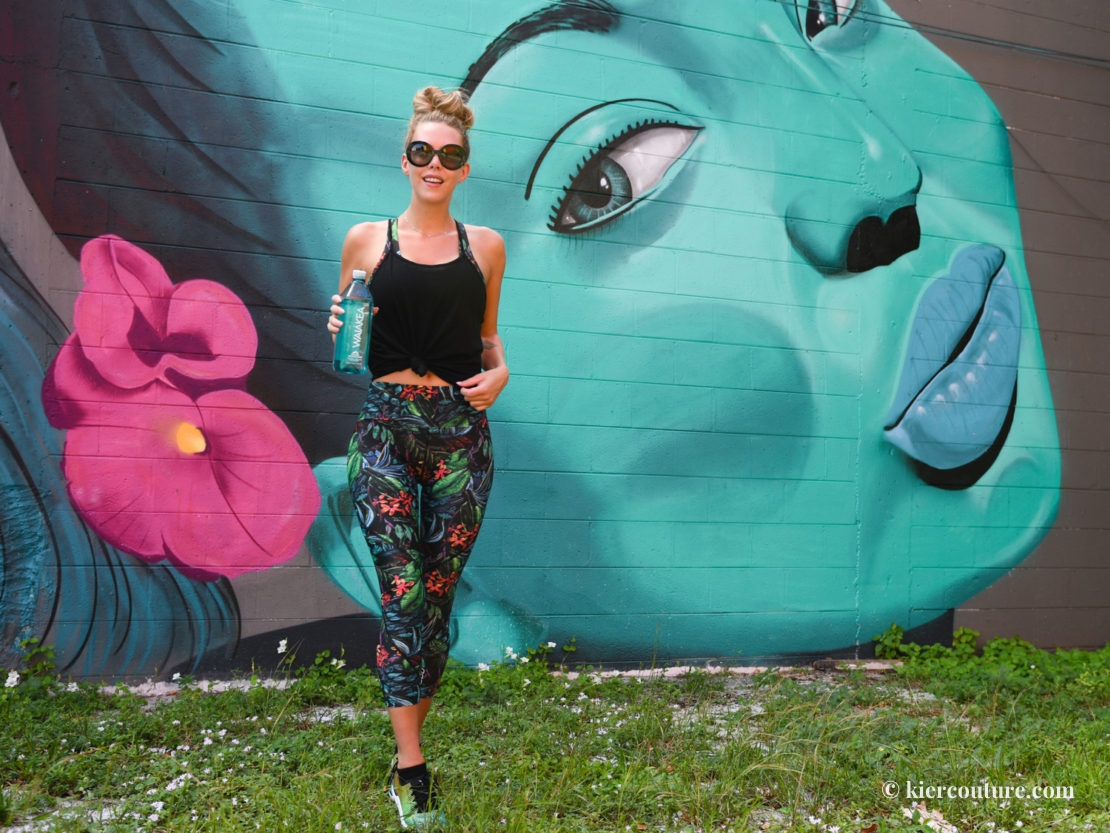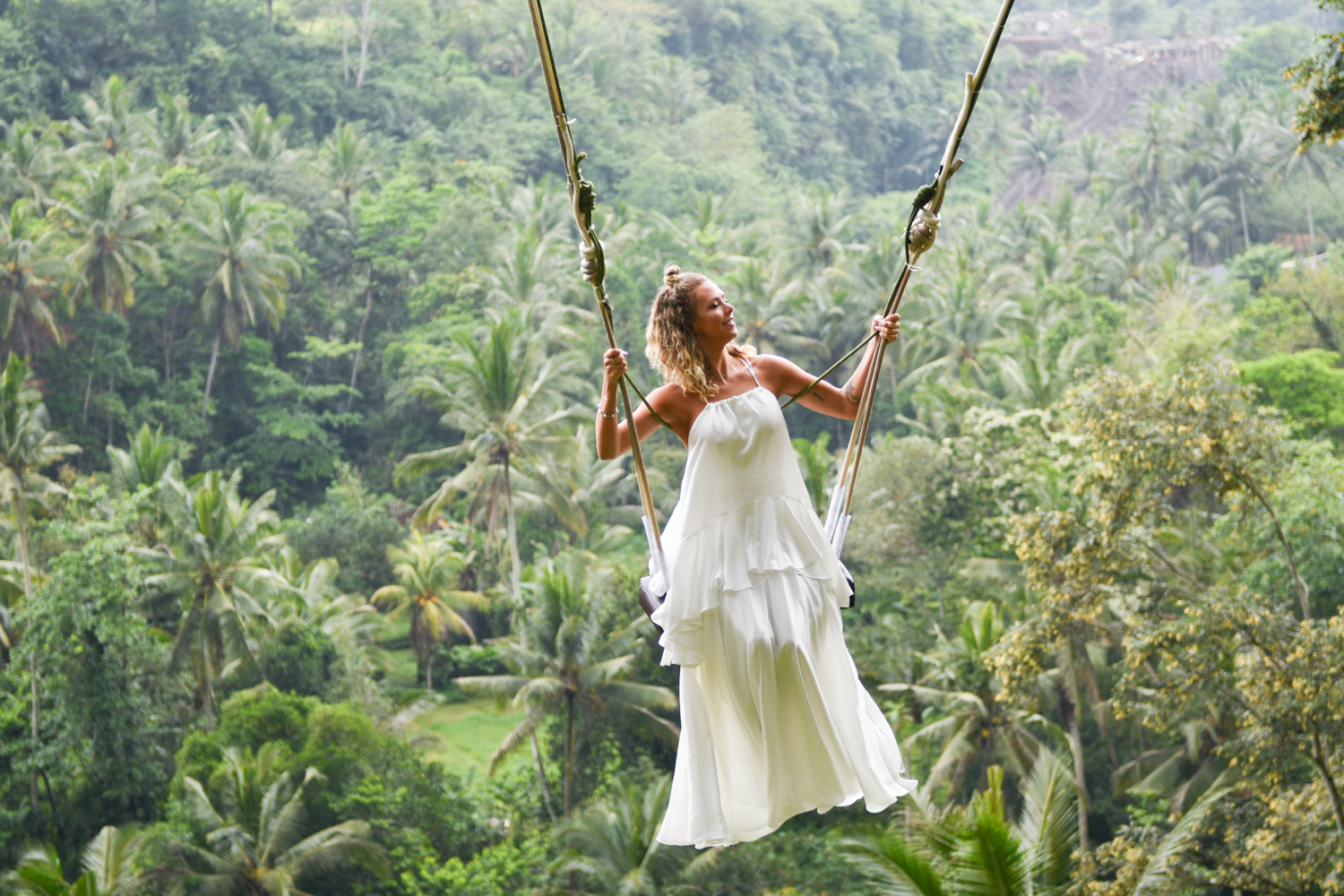Is Bottled Water Bad for The Environment?
The short answer is yes. A little over a year ago, I typed that exact question, “Is Bottled Water Bad for The Environment?” into google and was led down a rabbit hole. The reason this all started was that I wanted to shoot a video for youtube. A blind taste test with a bunch of bottled water to see if I could pick out the Fiji Water. As I started looking at the bottles and checking the water source I was pretty shocked to see that 5 of 9 brands of water I bought were bottled in California. Remember that ominous drought? How were all these bottles of water bottled in a state with such little water? Or did California have such little water because all of this bottling was taking place?
Nestle:
Nestle alone extracted 36 million gallons of water from a national forest in California last year to sell as bottled water, even as Californians were ordered to cut their water use because of a historic drought in the state. And the permit they used to bottle these 36 million gallons expired in 1988 and cost only $524 PER YEAR. Some of you will spend more than that on bottled water in a year. So why is Nestle allowed to pay only half a grand and make millions? Sounds like they have a friend in the Forestry department, I wonder how much money that friend makes.
So, that was pretty shocking to me, especially because California is so ” eco-friendly” I mean, what sense does it make to charge for plastic bags but allow Nestle to profit millions on an industry that affects our environment so negatively. Likely, the animals at the bottling source are living without adequate water, people in some counties are without water and only 20% of the bottles will be recycled. A good portion will be littered and end up in the ocean (I mean CA takes up a huge portion of coastline after all).
Fiji:
Next, I looked at Fiji, MY FAVORITE. (I bought my car partly because it has square cup holders and can fit a FIJI bottle.) I was so distraught to find that not only is Fiji stealing water from the Fijians who are dying of typhoid due to lack of clean drinking water in a corrupt deal with the government but the carbon footprint of creating their super thick PET bottles and shipping from such a remote location is massive.
I could go on and on but I’ll just leave this video here because it says it all pretty efficiently and thoroughly.
Next, I started thinking, well if plastic water bottles are so bad for the environment, other plastic materials must be too. Straws, drink stirrers, coffee cup lids and plastic bags are among the worst offenders. We actually use 100 billion plastic bags a year. To me, that’s insane.
What can we do?
Once I became aware I started to get anxiety, I became a little bit obsessed, I’d go out to dinner with my bf and they’d serve use tap water with a straw, then cocktails with two straws and a stirrer. I couldn’t even focus on our conversation because I would look around the room and almost count the straws. I started seeing plastic everywhere I looked. I got a reusable plastic water bottle and nylon shopping totes. I have made a HUGE difference in only a year. So, I ask you to join me!
I honestly hope you’ll consider getting a water filter in your home, you can get a fancy high-tech version or just a filtered water pitcher, if you skip a bottle of water every day for a year, you’ll save this many water bottles:
I know bottled water is convenient and some people need to offer them or have them so I finally found a bottled water that isn’t so bad for the earth. I was looking for a bottled water that delivers as a gift for my trainer. She insists that she needs to drink alkaline water (it really is better for you) so a filter won’t work for her despite my attempts to get her to use a refillable bottle and filter. I needed one that had a high PH and delivery service plus I wanted the bottle to be made from recycled material. Enter Waiakea.
Waiakea Water:
Here’s a bullet point break down and its kind of AMAZING!!!!
- Subscription available, the more you buy, the more you save. SAVE 10% HERE
- Purest Envoronment on Earth:
2,400 miles from the nearest industrial landmass and surrounded by 10 million square miles of ocean, Waiākea® volcanic water originates in Hawaii through both snowmelt and rain on the pristine snowcapped peak of the active Mauna Loa volcano- one of the purest environments on Earth. Waiākea is then filtered through 14,000 feet of porous lava rock before re-emerging at its source, the Kea’au aquifer, located at the eastern base of the Mauna Loa volcano in a secluded area surrounded by rich and bio-diverse forest preserves.Waiākea is constantly flowing and takes less than 30 days to arrive from where it originates on Mauna Loa. This gives Waiākea a superior rating in virginality, and a soft and smooth taste with a hint of sweet. - For every liter of Waiākea you buy, Waiākea donates 1 week of clean water to those in need in Africa and throughout the world, through their incredible partner, Pump Aid.
- With a pH of about 8.2, Waiākea lacks any sour or acidic taste that lower pH waters offer. This unique, naturally alkaline pH is most likely what gives Waiākea its very slight “hint of sweet” aftertaste that loyal Waiākea drinkers praise it for.
- Certified Carbon Neutral:In September of 2012 Waiākea became one of the world’s first beverages ever to be awarded CarbonNeutral® certification. This was incredibly important to us at Waiākea, and for our continued efforts to preserve Hawai’i’s ecosystem.Since its inception, Waiākea has worked diligently with The CarbonNeutral® company and Ecometrica, two of the world’s leading emissions consultants, to measure and reduce the environmental impact of both its business and its product, to net zero.Only companies that have employed the most stringent of environmental standards and reduced their CO2 emissions to net zero in accordance with the CarbonNeutral Protocol may carry the CarbonNeutral® stamp of approval. The CarbonNeutral Protocol is the global standard for carbon neutral certification.
- Regional Reforestation
- 100% RPET Packaging (Waiākea prides itself on using high-grade 100% RPET, or recycled polyethylene terephthalate, for all of its bottles. RPET is post-consumer recycled plastic and has incredible environmental advantages. In comparison to regular or virgin plastic bottles, our 100% RPET bottles:
– Use 85% less energy to manufacture
– Use 90% less water
– Reduce carbon emissions by over 90%.
– Highest Quality RPET which is BPA free
– 100% recyclable. - While they are proud of their achievements, (I am too!) Waiakea promises to strive to innovate not only our own product but hopefully the industry as a whole.Waiākea is working towards harnessing renewable bio-polymers that make for a fully recyclable and naturally biodegradable end-of-life option when it comes to our bottle.
- Waiākea uses 33% renewable energy, 25% of which is geothermal, for all of its sourcing operations. This sustainable yield and source use is integral to Hawaii’s conservation.
- Sustainably Sourced:
Waiākea’s source is located at the eastern base of the Mauna Loa volcano in an isolated area surrounded by rich and bio-diverse forest preserves.
The slopes feeding our Kea’au aquifer capture over 200 inches of pure rainwater and snowmelt each year, converting into a daily sustainable yield of 393 million gallons per day (State of Hawaii Commission on Water Resource Management). 5
The meaning of this is significant: our source could provide enough water in a month to satisfy the amount of water that is consumed globally in a year.
However, Waiākea bottles less than .0001 of 1% of this.
So, clearly, Waiakea is the best bottled-water for the environment, it’s good for you, and it’s good for the 1.35 million people now have access to safe water and basic sanitation in some of the most vulnerable areas of Africa as a direct result of Pump Aid’s work (in partnership with Waiakea). I highly suggest you make the switch from grocery store water, if for no other reason than it’s delivered to your door (and the bottles are super cool looking.)
Thank you for reading! Please tag me in pics of you drinking it when you get it! I’d love to see where you’re making a difference by drinking Waiakea.
Leggings: Lorna Jane. Sports Bra: Lorna Jane.
Sneakers: Jessica Simpson. Top: Adore Me.
Shades: Prada. Water: Waiakea.









Love the bottled water blog! I am looking into ordering that water. I drink so much water and using regular bottled water is so bad for the environment. I’m very consitant with recycling so this will just be even better! Thank you for all your insights! Love it!
steph_ch_345